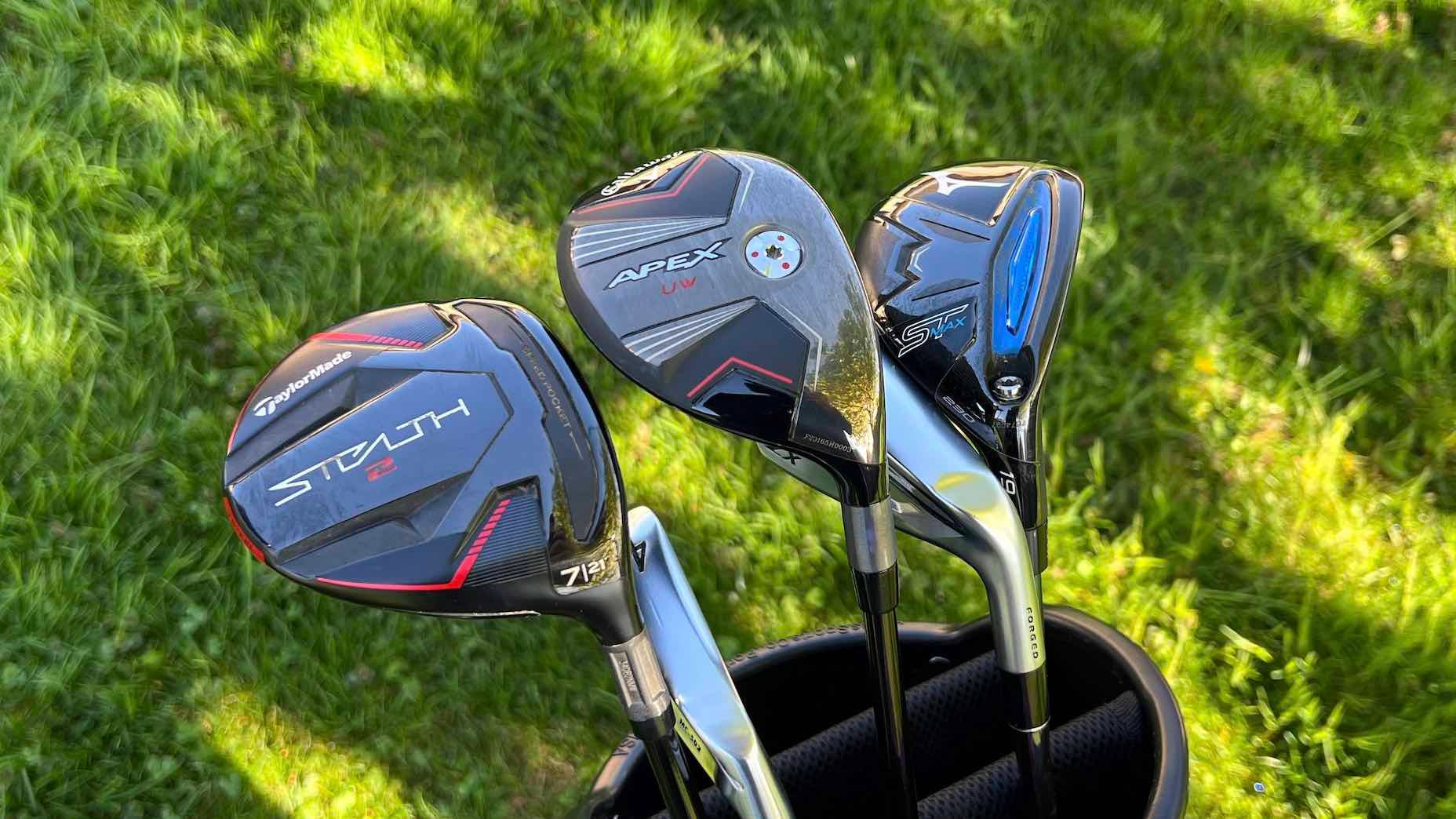When setting up a golf bag with the right clubs to give you the best chance for success, there are many options to help golfers blend the forgiveness they need with the look they want. But no matter the golfer there is a magic number in the golf-club-design world that opens up almost endless possibilities to find the perfect launch and spin combination — at 20 degrees of loft.
From a design perspective, some loft combinations only work for certain types of clubs based on the speed at which they are swung. For example, 10-degree drivers are common, but you won’t find that loft used for any other full-swing club. The same goes for 40-degree irons; every iron set has a club that sits around 40 degrees, but you won’t find any hybrids or fairway woods with that much loft.
So to help you better understand the club options available in the 20-degree loft range and how they might best suit your game, we talked with several engineers from various manufacturers to get their guidance, so you can figure out which options are best for you.
Fairway woods
Consider fairway woods the core category in this loft range because they can fit anyone from a touring professional, all the way down to a new golfer, it just comes down to finding the right model to fit the individual. They offer the widest sole, deepest center of gravity and greatest forgiveness. Plus, with their longer shafts, they generate speed and lift to help get the ball in the air faster.
As Glenn Mahler from Titleist’s TPI says, “It’s easier to make up come down than it is to make down go up,” meaning that it is still possible to flight a fairway wood lower, making it the most versatile club in this loft range.
Hybrids
Hybrids have come a long way, and depending on the type of hybrid you’re looking for they can be designed to drive it low through the wind or launch it high to land shots softly into greens.
In the 20-degree loft range, most hybrids are designed to launch the ball higher into the air and land softer. These clubs are best suited for players who tend to hit more down on the ball (take bigger divots) because they generate less spin than comparable-lofted fairway woods, but launch higher than similar irons.
PING G430 Custom Hybrid
View Product
These lower launch windows and spin rates make hybrids a fantastic choice for players who create too much spin and need help controlling ball flight. Once you get above the 20-degree range and into higher-lofted hybrids their purpose changes quickly to help generate higher launch and spin to stop the ball faster.
Utility woods
Here’s where things get a bit funky, because there are only a few clubs in this category, and they stand out for various reasons. First up is the Callaway UW (utility wood), which combines elements of hybrid and fairway wood design to offer both distance and trajectory control.
“The original UW and now the new Apex utility wood is purpose-driven with a select group of players in mind,” said Brian Williams, the VP of Callaway R&D. “We created the UW for higher launch and steeper landing angles versus hybrids. They were also designed for lower spin and less draw bias versus our fairway offerings to aid in shot workability without giving up too much forgiveness.”
Callaway Apex Custom Utility Wood
View Product
Another option targeted more toward game improvement is the Cleveland Launch Halo XL Hy-wood, which is built with a lighter shaft and has a head design that will help those that tend to fade the golf ball.
Driving irons
With driving irons, we get into the clubs designed for golfers who possess a clubhead speed on the higher end of the spectrum. With their more compact head designs, shorter and heavier shafts and a center of gravity closer to the face to generate less spin, driving irons are intentionally designed to launch the ball lower.
This makes them the perfect option for higher-speed players who have no problem generating spin, or for golfers who tend to play in firm and fast conditions and want a golf club that carries shorter than a fairway or hybrid but will get more roll thanks to the lower and flatter trajectory.
Irons
It wasn’t that long ago when holding an iron with 20 degrees of loft meant you were holding a 2- or 3-iron. For some sets designed for better players with higher club head speeds that’s still the case, but as technology has improved and irons have been able to push closer to their driving iron cousins (in terms of thin faces and a deeper center of gravity), lofts have gotten stronger while still being able to maintain higher launch windows.
This has led many game-improvement and distance-orientated iron sets to have 5-irons lofted around 20 degrees, and the matching 4-iron pushing into the high teens. Although many golfers would assume that these lower-lofted irons aren’t designed for average swing speed players, it’s those players who often benefit the most from these designs thanks to their ability to launch the ball high into the air and with less spin.
So if you ever find yourself struggling with the top end of your golf bag, take the time to assess your needs and the types of shots you hit. A solution could be as simple as changing the style of club to better fit your swing.
Want to overhaul your bag for 2024? Find a fitting location near you at True Spec Golf.
